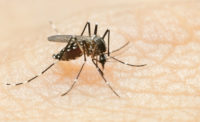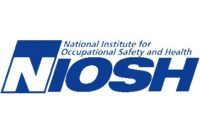OSHA updates procedures for protecting healthcare workers from TB

OSHA has updated instructions for conducting inspections and issuing citations related to worker exposures to tuberculosis in healthcare settings. This instruction incorporates guidance from the Centers for Disease Control and Prevention report, "Guidelines for Preventing the Transmission of Mycobacterium Tuberculosis in Health-Care Settings, 2005*." The revised directive does not create any additional enforcement burdens for employers; it simply updates the agency's inspection procedures with the most currently available public health guidance.
What has changed
This directive* also covers additional workplaces regarded as healthcare settings such as sites where emergency medical services are provided and laboratories handling clinical specimens that may contain M. tuberculosis. Other changes include: the introduction of a newer screening method for analyzing blood for M. tuberculosis; classifying healthcare settings as low risk, medium risk, or potential ongoing transmission; and reducing the frequency of TB screenings for workers.
Nearly 10,000 cases in U.S.
According to the CDC, nearly one-third of the world's population is infected with TB, which kills almost 1.5 million people per year. In 2013, 9,582 TB cases were reported in the United States, and approximately 383 of those cases were among healthcare workers. Multi-drug-resistant and extremely drug-resistant TB continue to pose serious threats to workers in healthcare settings. TB infection occurs when a susceptible person inhales droplets from an infected person who, for example, coughs, speaks or sneezes. It is the second most common cause of death from infectious disease in the world after HIV/AIDS.
More information on hazard recognition and solutions for reducing or eliminating the risks of contracting tuberculosis is available on OSHA's Tuberculosis Safety and Health Topics page.
Looking for a reprint of this article?
From high-res PDFs to custom plaques, order your copy today!









